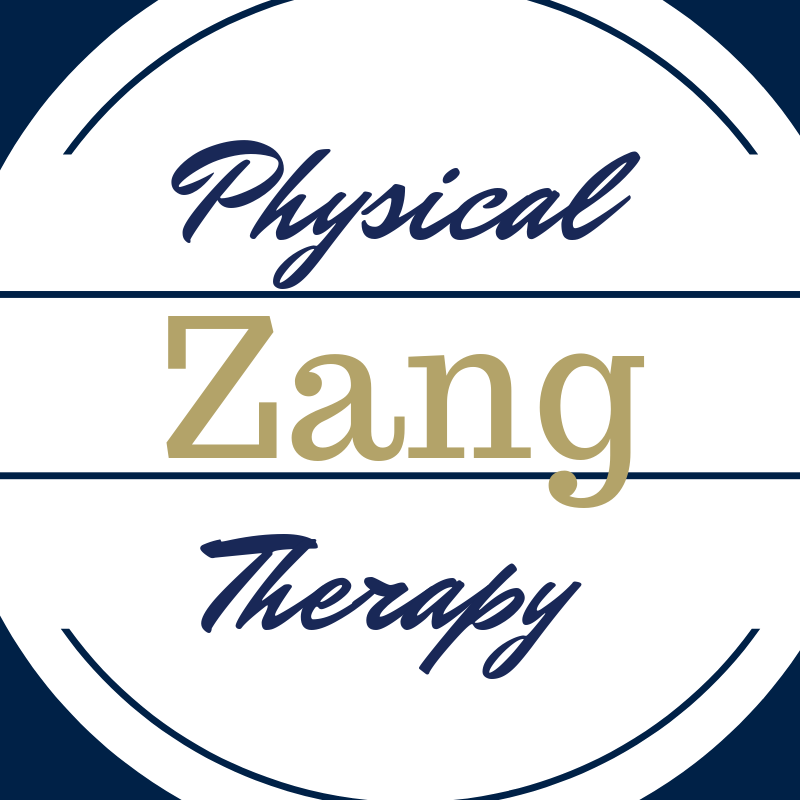Anterior Cruciate Ligament (ACL) injuries are a hot topic in the world of sports medicine. Well…2nd to concussion at the moment. The concern and frustration with this injury is that research proves prevention is possible. However, what is most seen in the medical community (from doctors to physical therapists) is the aftermath of injury and necessity for surgery to repair. Few individuals are actually proactive in prevention. And most who say they are doing a preventative program are rarely putting in the necessary work.
With the growth of youth sports programs over the last 3 decades, the incidence of ACL injuries has also skyrocketed. What results is a significant epidemic most noted in young female athletes. Females are 3 to 9 times more likely to sustain an ACL injury vs their male counterparts. Numerous biomechanical, structural and hormonal factors are suggested as reasons for greater risk in females. This has led to several preventative programs designed specifically for females.
An injury prevention program should run at least 6-12 weeks at a frequency of 2-3 times per week. These programs stress lower body control and technique, and good ones will add in a strengthening component. This is where the skilled professionals come into play. A qualified professional can assess the deficits in motion, strength, or control of the athlete to then develop a program meeting the needs of that individual. Individuals who complete these programs reduce their risk of injury by 3 to 4 times compared to athletes who do not complete a program.
Taking the next step, one must be willing to actually put in the necessary work. As a physical therapist, we teach the athlete what to do, but often see them fail to follow through. Failure to follow through happens because they do not see the direct benefit (as they may not be immediately injured). This is the exact WRONG mindset and will leave them at increased risk for injury.
The final piece of the puzzle is to actually seek out the prevention program. Many say they are qualified, but are they really? What are their credentials and training? Someone who understands the rigors of competition and the mindset of the young athlete will be important for success.
While this article is injury specific, the message is applicable to many active individuals. Looking to avoid injury and remain healthy? Get your annual muscle and joint screen by a muscle and joint expert (i.e. physical therapist). Prevent issues before they begin and continue to be active as you desire.
For more information on a muscle and joint screen – fill out this quick form requesting a call to further discuss its benefit.
